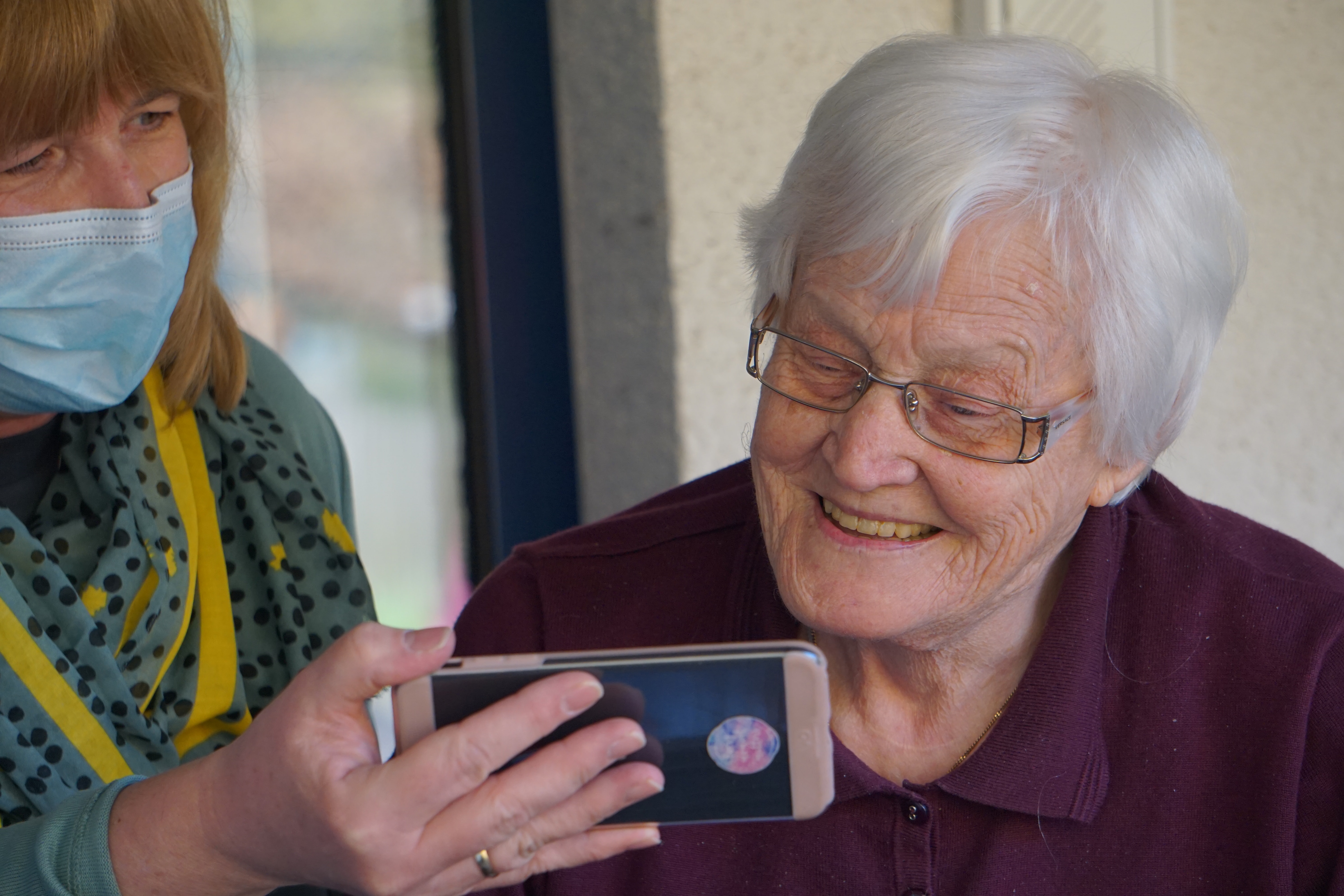Caring for aging loved ones while raising young children is a classification known as the sandwich generation. These adults are typically in their late 30s to the early 50s, and this is when careers are at their peak and considered the primary “money-making” years. It is also one of the most challenging times trying to find balance between raising your children, maintaining your career or building your business, and helping your aging parents or other family members deal with healthcare issues, age gracefully, and pass on with dignity.
Many sandwich generation members carry the weight of responsibilities to make sure everyone’s needs are met, which can cause an enormous amount of stress, uncontrollable waves of guilt, and a general sense that it could all fall apart in a moment’s notice. Then came COVID-19 and the stress and anxiety for the sandwich generation became a double-decker.
COVID-19 took what was a manageable process and flipped it upside down. What used to comprise the daily routine – or balancing act – of raising the kids at home, getting them off to school, heading off to work while checking in on a loved one living nearby on their own, or in a long-term care facility, seemed to work – or was at least manageable. COVID-19 caused school closures, work from home set-ups, and the rampant spread of the virus through our nation’s nursing homes and long-term care facilities. All these aspects now fall under one roof – the family home.
The sandwich generation had to reconfigure everything. They were getting the kids set up and prepared for distance learning, while still figuring out how to introduce socialization into their development. Maintaining the responsibilities of work and managing remote projects and staff, and in many cases, now having to bring in an aging family member needing help with daily activities.
As stressful as this all sounds, there are several healthcare services that can help families adjust to new COVID-19 rules while keeping them happy and moving forward together. One of these service options is non-medical in-home care, better known as consumer-directed services (CDS), for Medicaid recipients that need help with daily living activities.
In the U.S, there are an estimated 12 million Americans of all ages needing some kind of long-term care, and about one-third of these rely on supportive assistance from another person to perform essential functions in their daily lives. These numbers are rising as the baby-boomer generation enters their final season of life. By 2050, it is estimated that 87.9 million Americans will reach the age of 65, and more than 50 percent will require long-term care.
Although these numbers warrant concern, especially under the current healthcare insurance infrastructures, they do not account for the devastating effects of COVID-19 on this generation. Many live with pre-existing conditions, which has placed them on high alert of contracting the virus. Many reside in nursing homes and other long-term care facilities, which has forced more than 40 percent to close its doors, leaving families scrambling to find new, affordable care for their loved ones. In many cases, the only viable option was bringing them into the family home.
In-home care services provide a safe, workable option for families facing the stress of reconfiguring the family dynamic to include the in-home care of an elderly family member or neighbor. Companies, like Emerest Health of Missouri, make sure that caring for an elderly family member comes with a proven infrastructure of support and financial earnings, even if related to the person needing care.
The sandwich generation can have peace of mind knowing who is taking care of their older parents and that they are getting the in-home care they need. Not only that, but family members who are already helping manage their loved one’s care can get paid through consumer directed services (CDS) to ensure extra income for the family while everyone is home.
Under the right circumstance and the proper in-home care model, patients have a better chance of feeling happier and healthier since they live in the comfort of the family home with people they know and love. For the sandwich generation, adults who struggle with balancing the care from kids to elderly family members, knowing they now have a viable, alternative, financially practical option, makes a significant difference.


